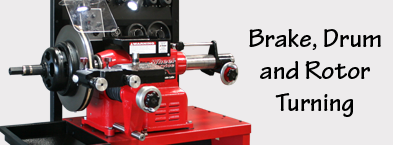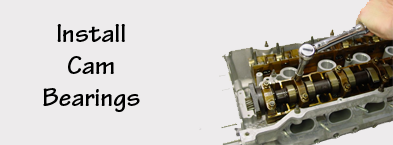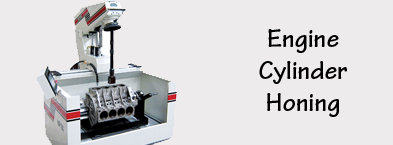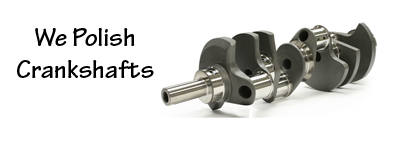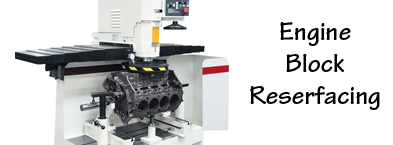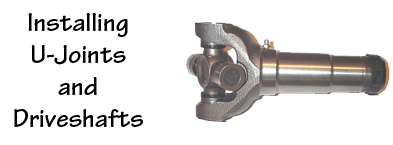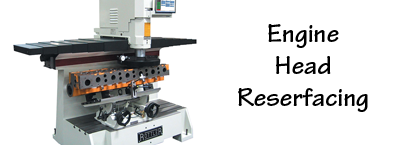

That vibration you've managed to ignore for weeks has finally gotten to the point at which it's hard to keep from spilling your morning coffee on your pant leg. You resolve to make a stop on the way home from work at the mechanic's to investigate the vibration. As you accelerate away from work, there's a big change in the vibration. It's followed immediately by a lack of power and big clanging noises, the latter due to your driveshaft falling to the pavement. You've had a universal-joint failure.
Most of the time, loss of lubrication is the reason U-joints fail. Original-equipment joints typically have no grease fittings, and even replacement units often have zerks that you can't reach with your grease gun. The tiny needle bearings inside the cups over the ends of the trunnions rust and eventually crumble, which results in clearance where there should be none at all.
Another destroyer of U-joints is an excessive angle of operation. This may be due to an overloading condition, which makes the tail end sag, or a set of helper springs or air shocks that puts the rear of the car up into the stratosphere. In either case, leveling the vehicle is the only way to increase the universal joints' life span.
The driveshaft itself is a simple-enough component. Unless it's bent from contact with, a railroad track etc., or is out of balance due to the loss of a weight, it'll keep spinning just about forever.
Vibration caused by a U-joint or driveshaft usually occurs at 25 to 35 mph, about 60 mph, or while braking at low speeds. That "body boom" that hurts your ears probably is caused by a bent or unbalanced driveshaft. A clunk when the transmission is put into gear, or when "floating" at about 10 mph, is either the result of damaged U-joints or a differential problem.
To find out if a vibration is coming from the drive line or the engine, attach a tachometer if you don't have one on the dash, run up to the speed at which the roughness is felt, and note the rpm. Then, shift into a lower gear, go back up to the same rpm and see if the vibration has diminished. No? Then you've found engine trouble. If, on the other hand, the vibes change considerably at the original engine speed, the U-joints or driveshaft are probably at fault.
Replacing a U-Joint is not expensive or time consuming, but it can be dangerous if you drop your driveshaft. We recommend you bring it by for a diagnosis.
